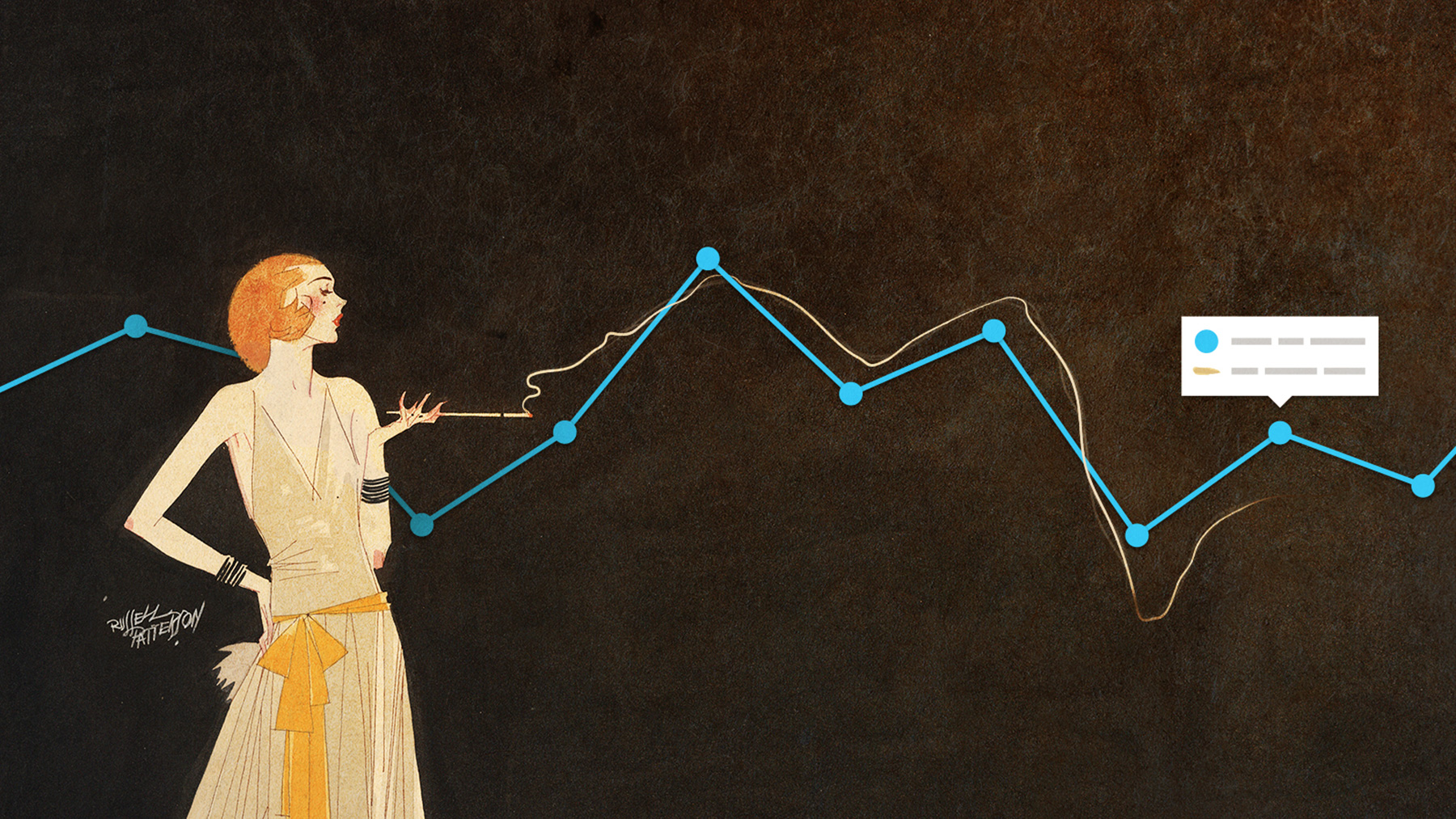
We can’t always predict what the future holds, but we can make educated guesses based on the past. The Farmer’s Almanac does a pretty good job of this. Most news stations rely on radar systems to guess what the skies will do in the near future. Too often, they get it wrong. By comparison, the Farmer’s Almanac looks back. They pay attention to decades of historical data to accurately figure out the conditions for any given day. They’ve been successful for over 200 years.
There’s a planning lesson to be learned from that sort of hindsight. A lesson we take to heart when creating content for the web. Who was trending yesterday? Are there any holidays to reference? What happened last year at this time?
Enter Google analytics; a tool that lets us travel to the past.

Having analytic data allows us to compare the past and present. This is especially useful when launching email campaigns or posting media online. From this research, we’ve learned that mass email campaigns reach more people when they’re sent out in the morning and during the workweek. Clicks dwindle severely if they go out later in the day or over the weekend. The same can be said of blog posts, tweets or any other time sensitive media.
This data allows us to read and react to the market. Pumping out content when the masses are hungry and scaling back when the tide is low. But analytic data only takes us so far. For additional insight, we turn to our clients. Using what we know about individuals helps tailor marketing campaigns so that they reach as much of the audience as possible. Long standing contracts offer insight like no other—an ability to look back at what worked well and what flopped. We can even use that hindsight when working on new projects; predicting when trends will repeat and what might work well based on the previous results.
If there’s a lesson here, it’s that we shouldn’t forget our history. There’s so much information to glean from analytics, past relations and mistakes. We don’t always know what the future holds. History doesn’t always repeat itself, but statistics can tell us a lot about where the market is heading. If that continues to hold true, we might be re-living The Roaring Twenties in less than four years. Get ready for flappers and jazz!


